- Remove Article filter Article
- Remove Standard side filter Standard side
- Remove Churches, Cloisters, Christianity filter Churches, Cloisters, Christianity
- Remove Communications filter Communications
- Remove Arkeologi filter Arkeologi
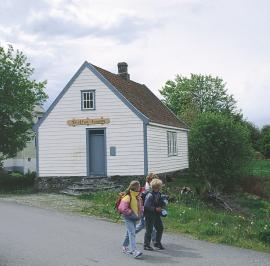
The Chapel and the Layman’s Movement
Den kristelege lekmannsrørsla, den frilynde norskdomsrørsla og den politiske sosialradikalismen er ideologiske motpolar, men kulturelt og politisk er dei på linje – demokratiske folkerørsler.

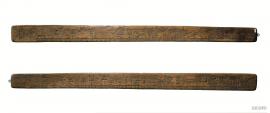
The Wooden Calendar- Tradition and popular belief
The old Norwegian farmers’ calendar, the wooden calendar staff, follows the Norse system of reckoning time, and divides the year into a summer half, and a winter half.
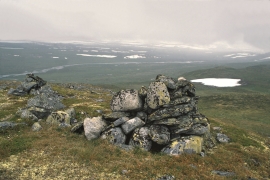
Hardangervidda – Crossing the Uplands
Slepa, the ancient “drove roads” across the plateau, date back to prehistoric times. Through the centuries cattle have been driven to the markets in the east; the people of Hardanger went on their trading journeys with tallow and salt to the mining town and silver mines of Kongsberg, and soldiers and other travellers also used these roads.
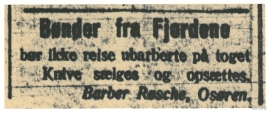
Farmers from the Fjords
Eitt av dei store samferdsleprosjekta på Vestlandet mot slutten av 1800-talet var opninga av Nesttun-Osbanen i 1894 – ei oppbløming av lokalhandel, turisttrafikk og «landliggere».


From “Spearway” to National Highway
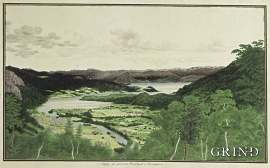
Earth and stone
"Humus" is a word with great meaning. It is the soil we live from, in addition to the resources we get from the ocean. This layer of earth - sometimes appearing as loose fertile organic matter; other places as scanty and acidic soil - is found in varying thicknesses over the bedrock. It is the result of 10,000 years of breakdown and erosion following the last ice age, and then several thousand years of cultivation in more recent times. The soil we can buy at the garden centre is a different product than the "natural" humus layer, formed of processes occurring far under the earth's surface. If you dig your spade into the soil where it has not been ploughed before, you will see that there is a big difference in colour, soil structure, moisture and stone content. We might say that the soil is fertile and easily worked some places, whereas other places folk might have given up trying to grow anything on their small patches of land, which then become overgrown with birch and thicket. Modern agriculture does not have room for small stumps between the piles of stone. Nowadays, machines do the job, and they require a lot of space and flat ground.


